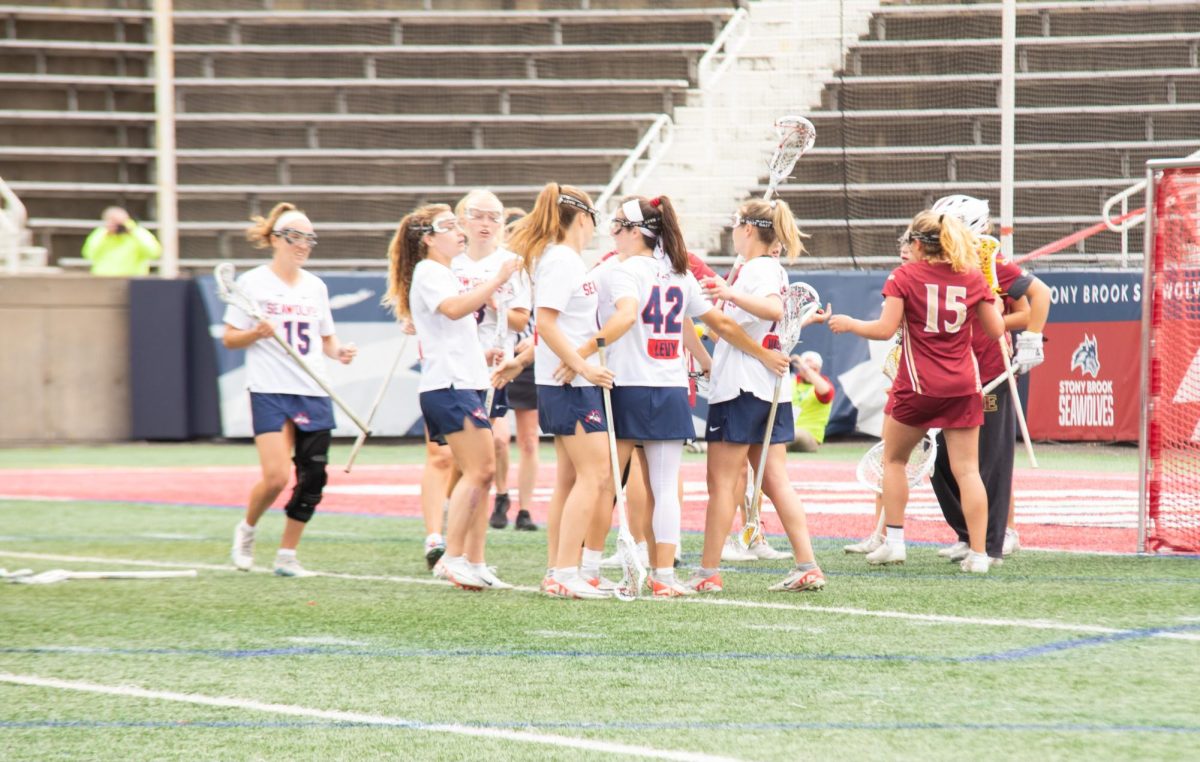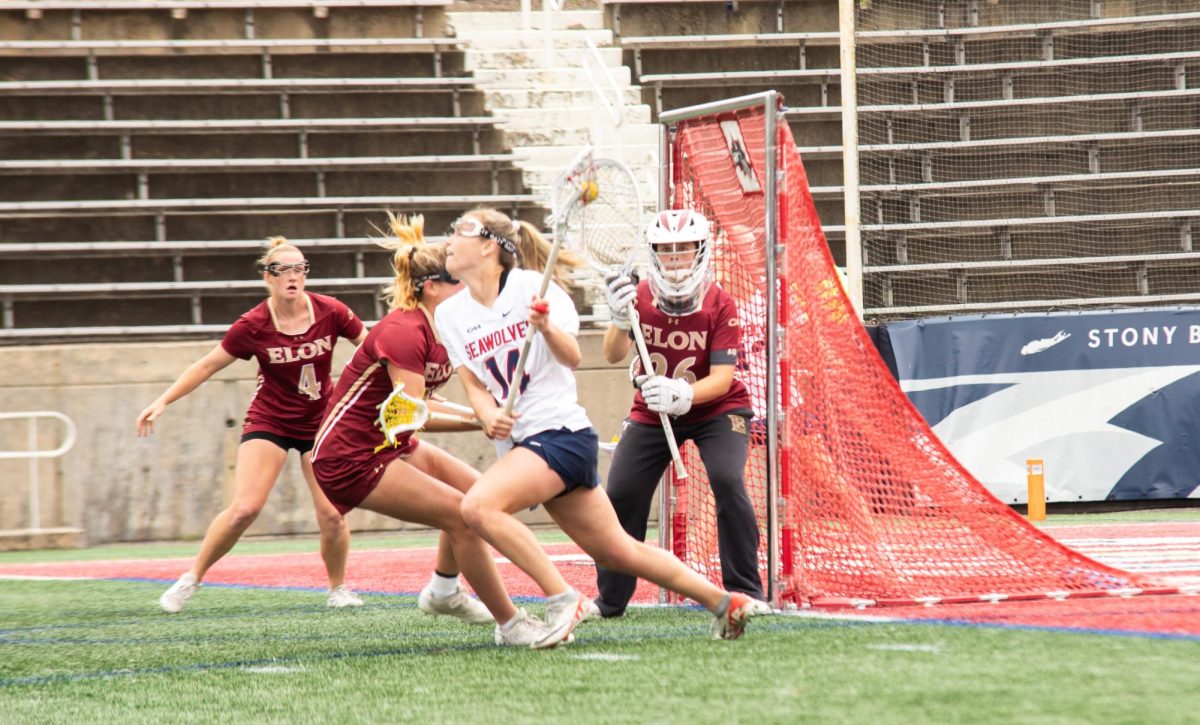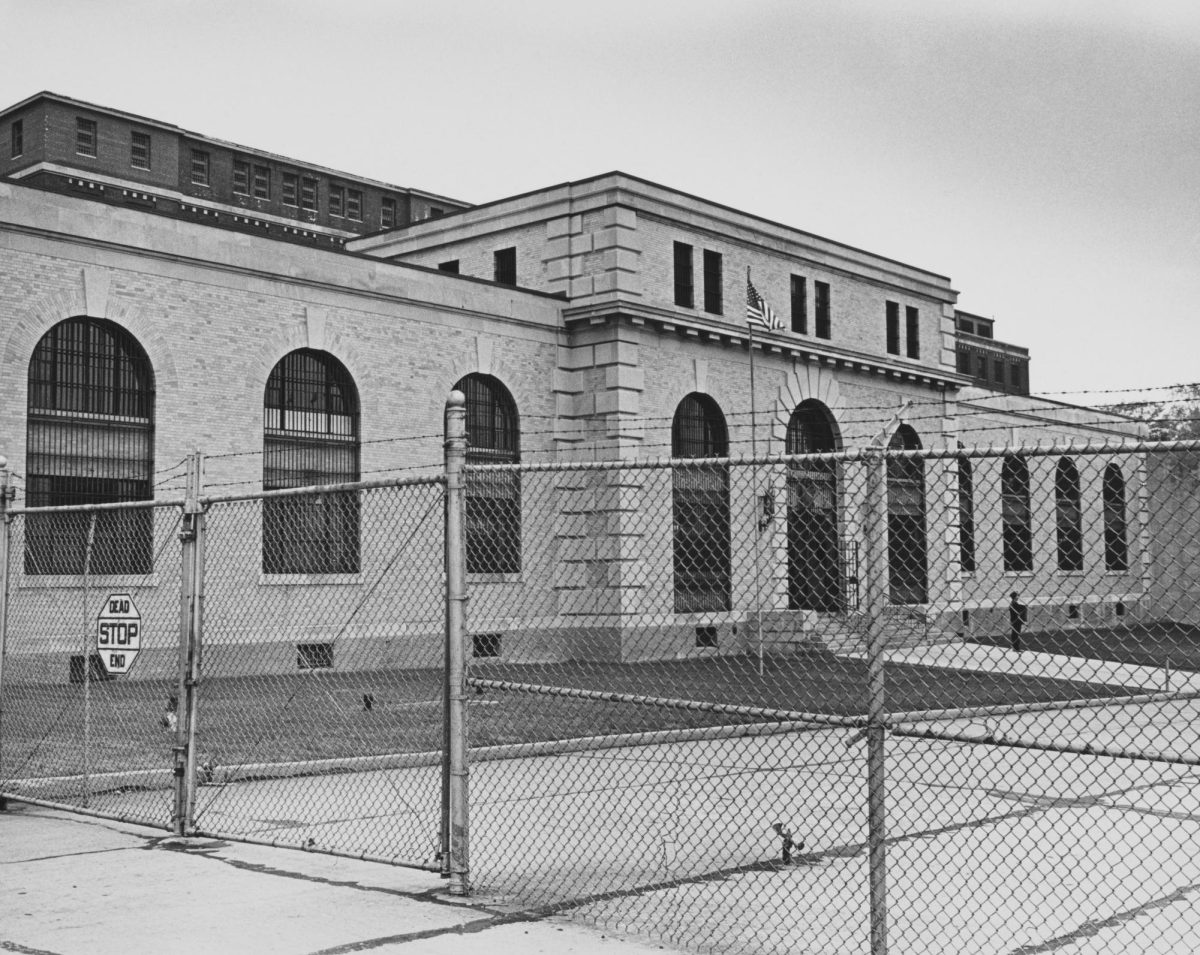From the first caricatures of controversial character Sarah Baartman to posing in photos to female empowerment and exploiting stereotypes, Deborah Willis, the chair of photography and imaging at New York University’s Tisch School for the Arts, said the practice of taking pictures of the black body has changed.
Willis gave a presentation about taking photographs of the black body and how those images resonate with viewers on Thursday at the Charles B. Wang Center. During her speech, she went through pictures from the early 19th century to the present- day.
“What made you afraid of black people?” Willis said about the time that whites would use the black body for entertainment. “What made you afraid of this?”
In the late eighteenth century and early nineteenth century, people looked at black bodies as a humorous activity. Sarah Baartman, who was called the “Hottentot Venus,” was put on display because of her enlarged buttocks and genitals.
When she died, her genitals were preserved and put on display in a French museum. Even after her death, her body was used for ridicule and one can still see this in pop culture and art.
Other photos showed women with their dresses pushed down and their breasts highlighted.
“Keep in mind what we know about images and what we know about people in terms of those images,” Willis said.
Frederick Douglass, a prominent abolitionist, who was one of the most photographed men of the 1800s, posed looking at the camera and looking off into the distance. According to Willis, Douglass knew that he was posing for his biography when he looked away in certain images.
Sojourner Truth, an abolitionist and women’s rights activist, posed for some photographs without her fancy drape to show her femininity. A photo of a Civil War major depicted him with a handkerchief that was meant to tell his story.
However, these posed photos also showed more humanized versions of the black body. One photo depicted a woman looking over her shoulder at the welts on her back from having been beaten.
“We see families of two young brothers and sisters,” Willis said. “We are reminded that they are human.”
More recently, shooting photos of the black body has become more of a fabulist activity.
One photo shows a building that is shaped like a woman. The woman has an hourglass figure and the entrance is in her skirt. Willis called the skirt sexualized because to enter the building, one has to enter her skirt.
Willis showed Renee Cox’s image of one woman in a blue gown and another in a superhero costume, calling the vigilante “Wonder Woman’s half-sister.”
“They are superwomen by taking care of their families,” Willis said.
Another photo that was meant to show how black men perceive black men showed a muscular gentleman in feminine garb. The photo was meant to emasculate men and empower women.
Advertising companies looking to expand their black consumer populations have been exploiting black stereotypes.
One automobile ad was a close-up photo of someone’s teeth. There was a gold car on one tooth, going off the stereotype that “black people like to put gold on their teeth.” Another advertisement depicted a plain wooden table with a white plate. On the plate, there was a piece of watermelon and a scooper. The ad was for the scooper, but the advertisement stereotypically figured that black people like watermelon and would respond more positively to the campaign.
Willis ended the lecture by showing one of her own photo projects. The photo had boxes of pregnant women’s stomachs and pieces of motherly advice such as choosing the right person to marry.











